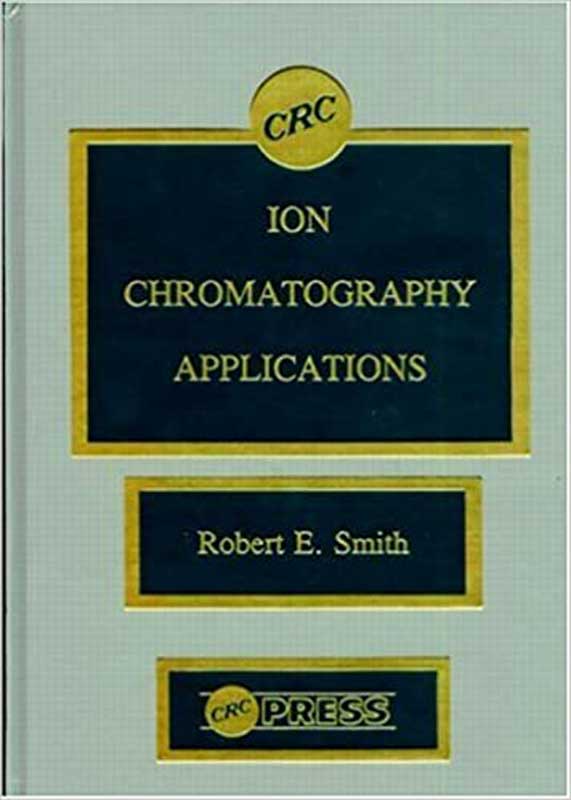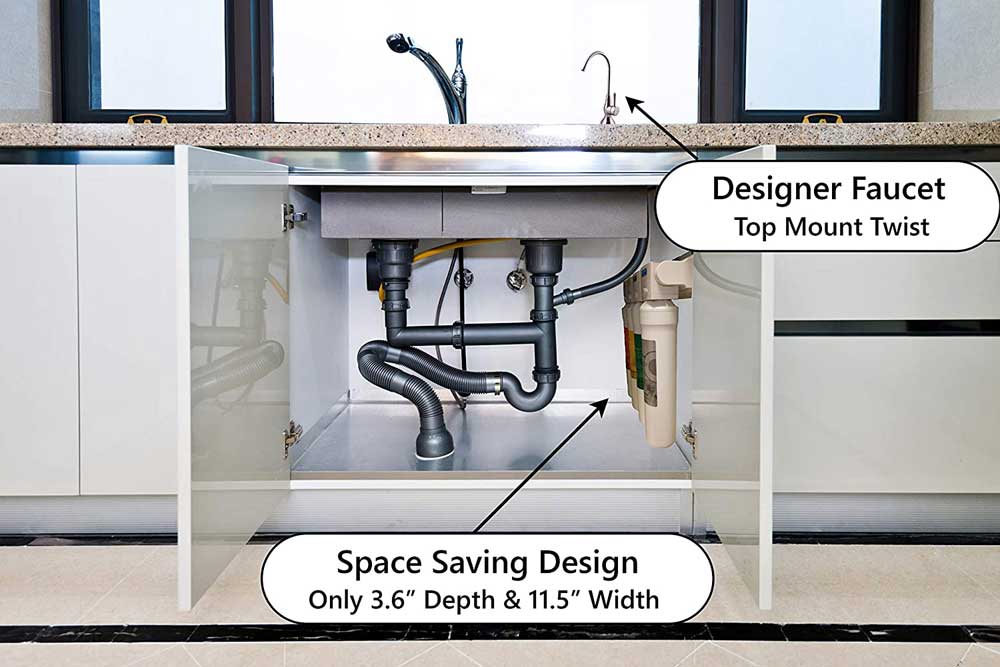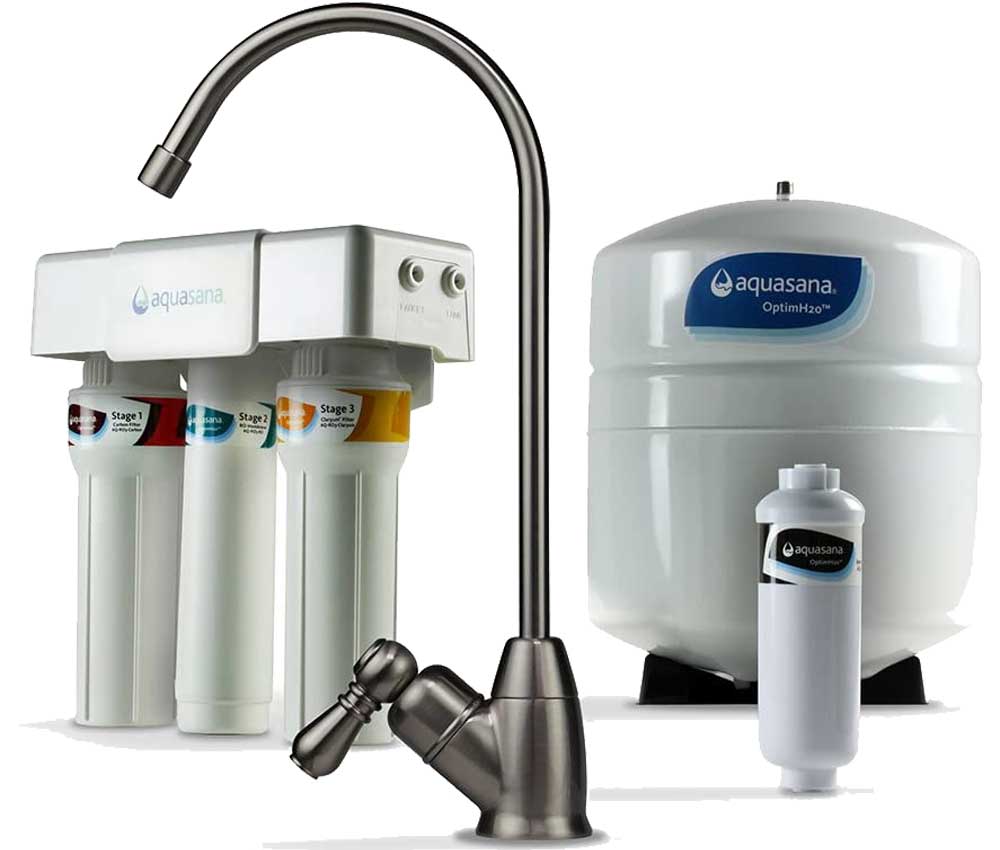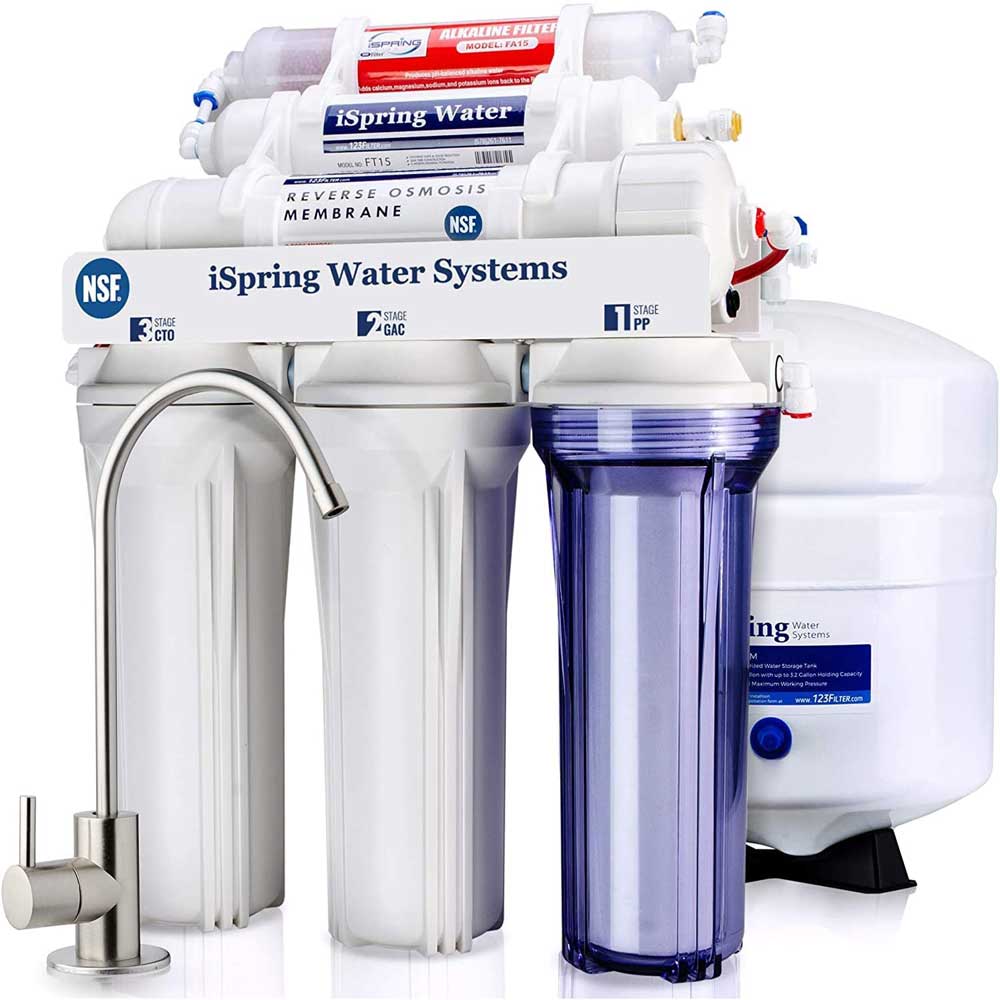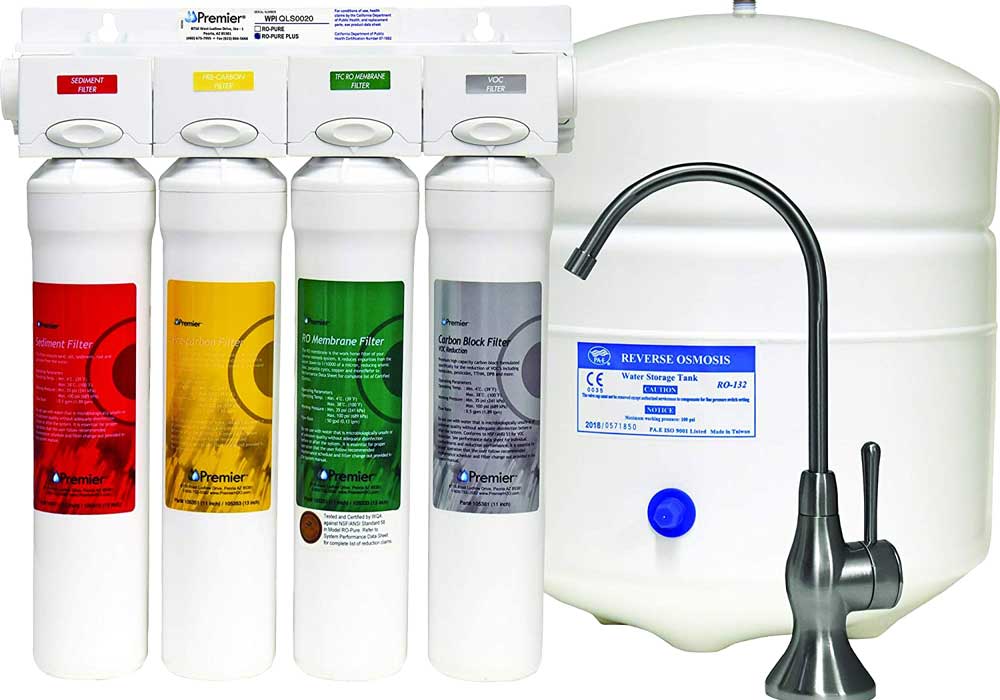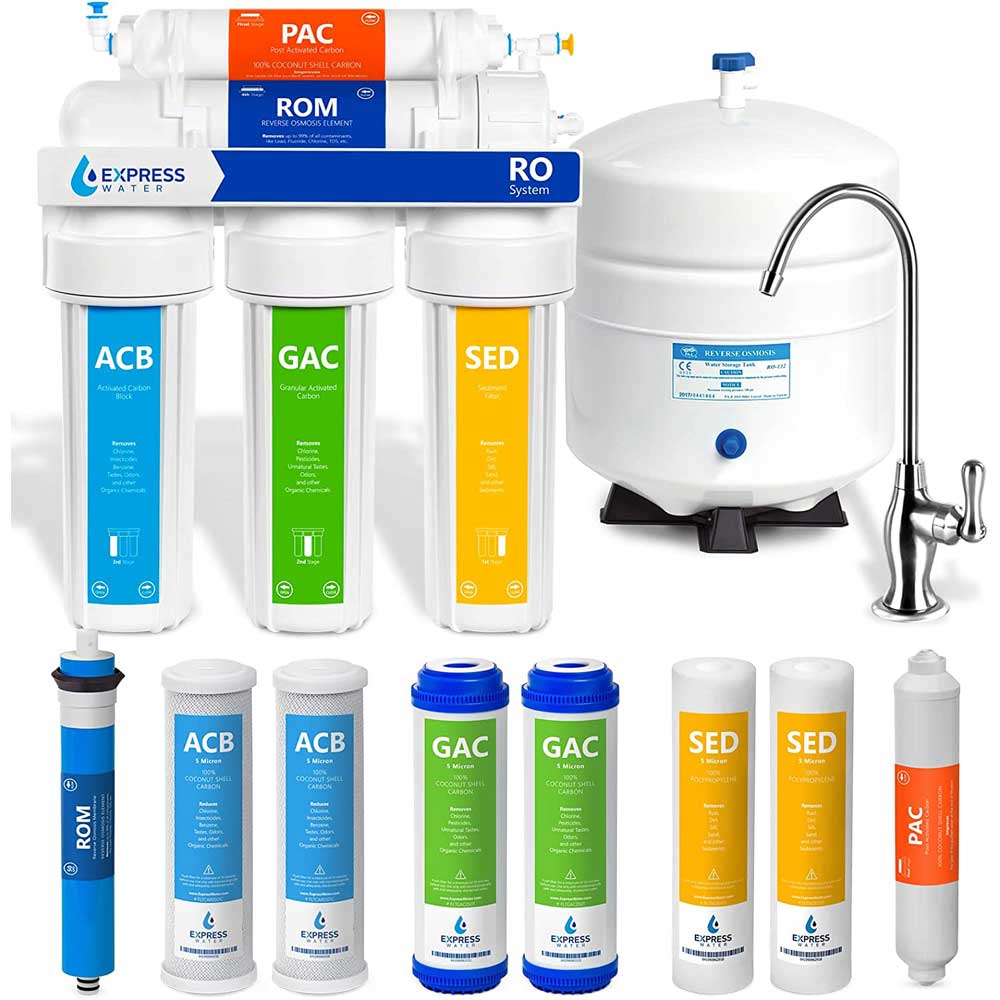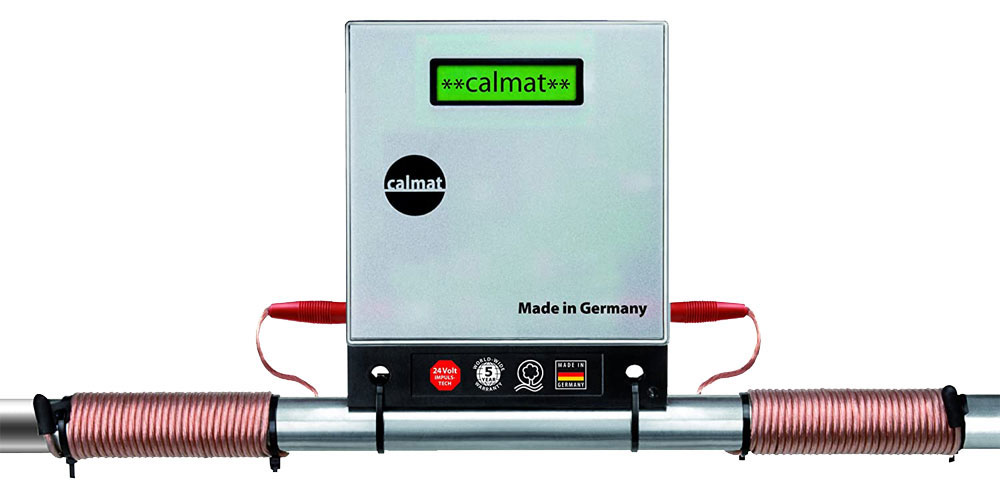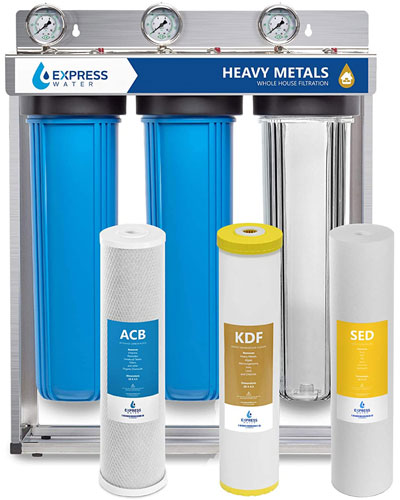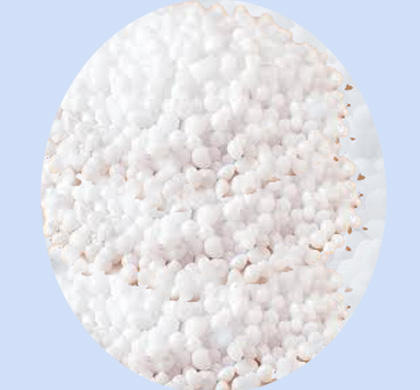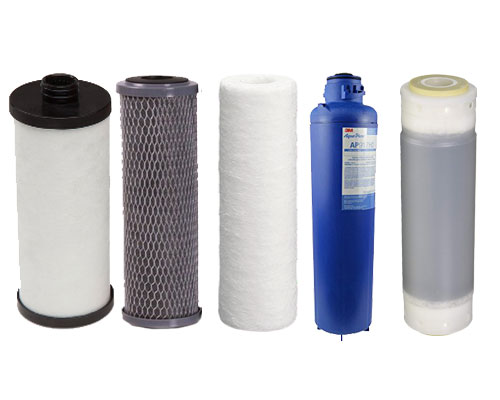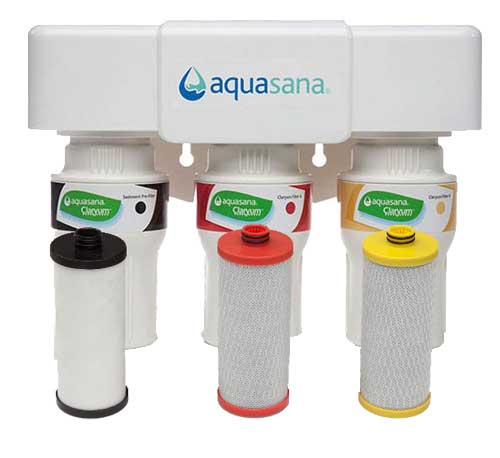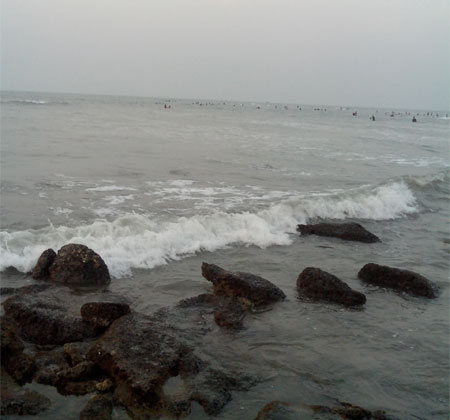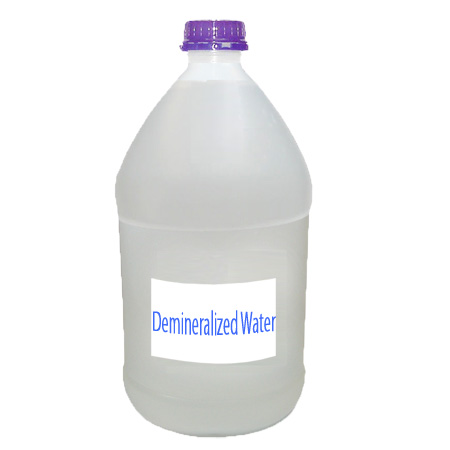Water is one of the most valuable resources on Earth, yet clean and safe water is not always readily available. Suspended solids, turbidity, and harmful microorganisms often contaminate natural water sources. To make water suitable for drinking, industry, and agriculture, it must be purified. Coagulation and flocculation are fundamental water and wastewater treatment processes that remove suspended solids, colloids, and other impurities. In municipal water supply, industrial effluent treatment, and even in food and beverage industries, these processes play a key role in producing clean and safe water. However, like all chemical processes, they come with both advantages and disadvantages that must be carefully considered.
What Are Coagulation and Flocculation?
Coagulation: The First Step
Coagulation is a chemical water treatment process where coagulants (such as aluminum sulfate/alum, ferric chloride, or polyaluminum chloride) are added to water. These chemicals neutralize the negative charges of suspended particles and colloids, which would otherwise repel each other and remain in suspension. Once destabilized, particles start to clump together.
Flocculation: The Second Step
Flocculation follows coagulation. During this stage, the water is gently mixed to encourage the small destabilized particles to aggregate into larger, visible clusters known as flocs. These flocs can then settle to the bottom during sedimentation or be removed through filtration.
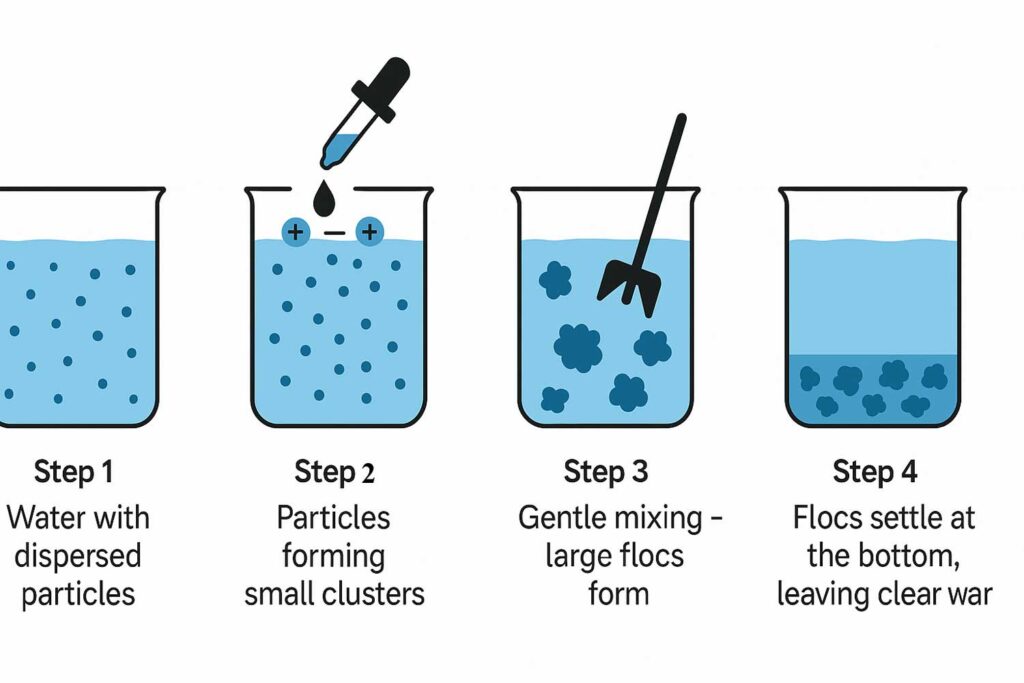
Advantages of Coagulation and Flocculation
Effective Removal of Suspended Solids
Coagulation and flocculation significantly reduce turbidity by binding fine particles, making the water visibly clearer. This is essential for both drinking water and industrial processes.
Pathogen Reduction
Coagulation and flocculation remove microorganisms like bacteria, viruses, and protozoa (Giardia, Cryptosporidium) by trapping them within flocs. This complements disinfection methods such as chlorination.
Enhanced Filtration Efficiency
By reducing the load of suspended matter, downstream filtration units work more effectively, extending filter life and reducing operational costs.
Wide Industrial Applications
Coagulation and flocculation are applicable in multiple settings like municipal water treatment, textile dye effluent removal, paper and pulp industry, mining wastewater, and food processing industry.
Cost-Effective for Large Volumes
Compared to advanced water purification techniques such as reverse osmosis or nanofiltration, chemical coagulation and flocculation remains relatively inexpensive, especially for large-scale treatment.
Disadvantages of Coagulation and Flocculation
Chemical Dependency
The process relies heavily on chemicals (alum, ferric salts, synthetic polymers), which increases recurring operational costs and environmental concerns.
Sludge Generation
One of the biggest challenges is the large amounts of chemical sludge are produced, which must be treated and disposed of safely. Improper disposal can cause secondary pollution.
pH and Alkalinity Sensitivity
Coagulation works best at specific pH levels. In some cases, operators must adjust pH with lime or soda ash, adding complexity and expense.
Residual Contaminants
Excessive dosing of coagulants can leave residual aluminum, iron, or polymers in treated water, which may cause health or operational issues.
Limited for Dissolved Substances
Coagulation and flocculation are excellent for suspended solids but less effective for dissolved salts, pesticides, heavy metals (without specific coagulants), or organic pollutants—often requiring additional treatment steps.
Case Studies: Coagulation and Flocculation in Action
Case Study 1: Municipal Water Treatment in the U.S.
Many American cities rely on alum as the primary coagulant in municipal water treatment. By combining alum with polymers, treatment plants consistently meet U.S. EPA turbidity standards (<0.3 NTU for 95% of samples), ensuring safe drinking water.
Case Study 2: Textile Industry in Bangladesh
Textile dye effluents are highly colored and contain toxic compounds. Coagulation with ferric chloride, followed by flocculation, has been successfully applied to remove color and suspended solids, making water safe for discharge or reuse.
Case Study 3: Mining Industry in Australia
Acid mine drainage is a major challenge in mining regions. Coagulation and flocculation, combined with lime neutralization, are widely used to remove heavy metals and turbidity, preventing environmental contamination.
Conclusion
Coagulation and flocculation remain cornerstone processes in water treatment, balancing effectiveness, affordability, and scalability. They are excellent for reducing turbidity, removing pathogens, and improving filter performance. However, challenges such as chemical dependency, sludge generation, and limited effectiveness for dissolved pollutants mean they are rarely used alone. The best results come from integrating coagulation and flocculation into a multi-barrier approach that includes sedimentation, filtration, and disinfection. This ensures a safe, sustainable water supply for communities and industries worldwide.
FAQs About Coagulation and Flocculation
1. What is the main difference between coagulation and flocculation?
Coagulation is the chemical process of destabilizing particles. Whereas Flocculation is the physical process of gently mixing so particles form larger clusters (flocs).
2. Are coagulation and flocculation safe for drinking water?
Yes, when properly monitored. Regulatory standards ensure residual aluminum, iron, or polymers remain within safe limits.
3. What are common coagulants used in water treatment?
- Alum (Aluminum sulfate)
- Ferric chloride
- Ferric sulfate
- Polyaluminum chloride (PAC)
- Synthetic and natural polymers (as coagulant aids)
4. Can coagulation remove dissolved contaminants?
Not effectively. Coagulation primarily targets suspended solids and colloids. For dissolved salts, pesticides, or organic pollutants, methods like reverse osmosis, activated carbon, or advanced oxidation are needed.
5. Why is sludge disposal a problem?
Sludge from coagulation contains concentrated metals, organics, and pathogens. If not treated properly, it can contaminate soil and water sources.
